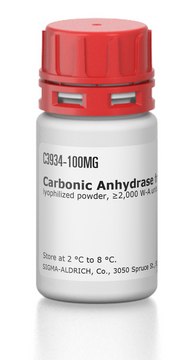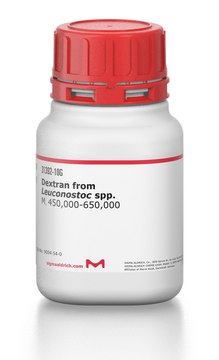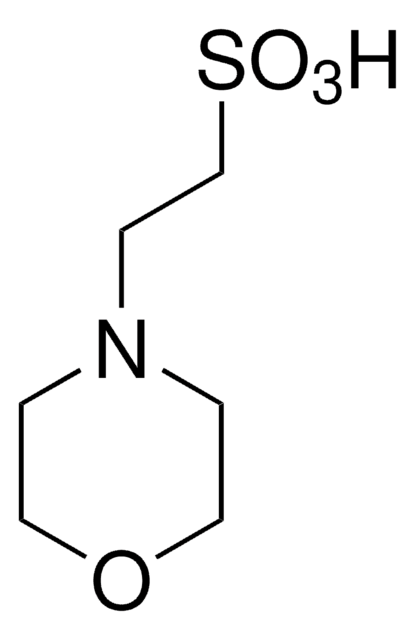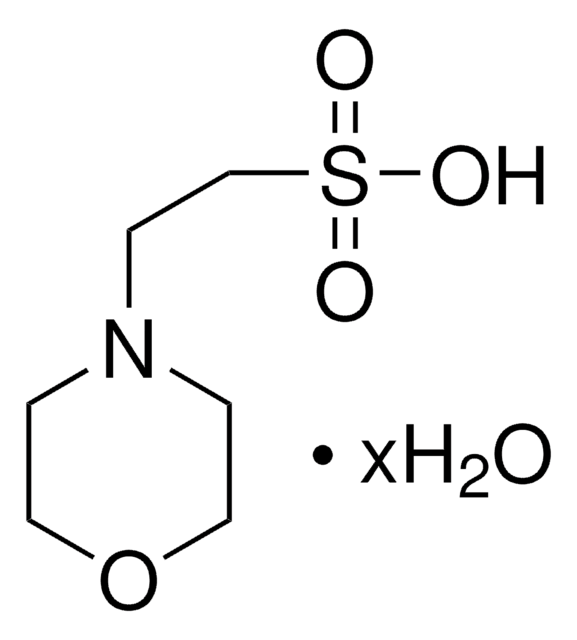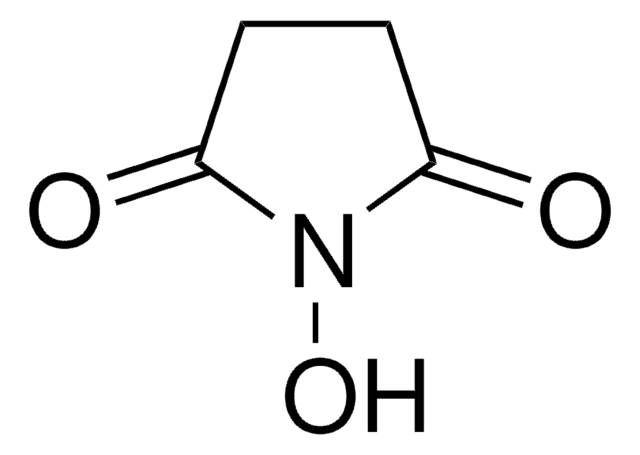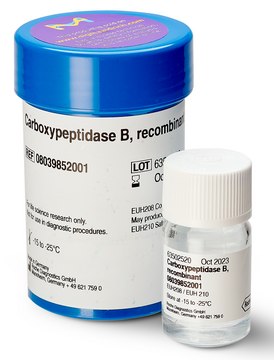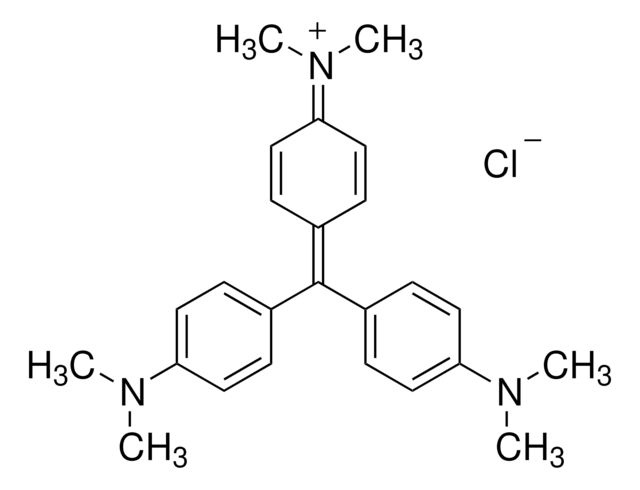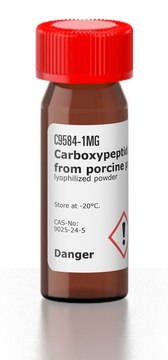推荐产品
质量水平
方案
95%
表单
crystals
mp
113-115 °C (lit.)
SMILES字符串
Cc1ccc(cc1)S([O-])(=O)=O.C[N+]2(CCOCC2)CCN=C=NC3CCCCC3
InChI
1S/C14H26N3O.C7H8O3S/c1-17(9-11-18-12-10-17)8-7-15-13-16-14-5-3-2-4-6-14;1-6-2-4-7(5-3-6)11(8,9)10/h14H,2-12H2,1H3;2-5H,1H3,(H,8,9,10)/q+1;/p-1
InChI key
GBCAVSYHPPARHX-UHFFFAOYSA-M
正在寻找类似产品? 访问 产品对比指南
应用
用于 RNA 中假尿嘧啶残基的简单测序技术。
储存分类代码
11 - Combustible Solids
WGK
WGK 3
闪点(°F)
Not applicable
闪点(°C)
Not applicable
个人防护装备
dust mask type N95 (US), Eyeshields, Gloves
A Bakin et al.
Biochemistry, 32(37), 9754-9762 (1993-09-21)
A new technique has been developed for the facile location of pseudouridylate (psi) residues in any RNA molecule. The method uses two known modification procedures which in combination uniquely identify U residues which have been converted into psi. The first
Carola Schafer et al.
Malaria journal, 17(1), 370-370 (2018-10-20)
Plasmodium vivax is the most geographically widespread of the human malaria parasites, causing 50,000 to 100,000 deaths annually. Plasmodium vivax parasites have the unique feature of forming dormant liver stages (hypnozoites) that can reactivate weeks or months after a parasite-infected
W A Ziehler et al.
Current protocols in nucleic acid chemistry, Chapter 6, Unit 6-Unit 6 (2008-04-23)
This unit provides thorough coverage of the most useful chemical and enzyme probes that can be used to examine RNA secondary and tertiary structure. Footprinting methods are presented using dimethyl sulfate, diethyl pyrocarbonate, ethylnitrosourea, kethoxal, CMCT, and nucleases. For chemical
Jinghui Song et al.
Nature chemical biology, 16(2), 160-169 (2019-12-11)
Pseudouridine synthases (PUSs) are responsible for installation of pseudouridine (Ψ) modification in RNA. However, the activity and function of the PUS enzymes remain largely unexplored. Here we focus on human PUS10 and find that it co-expresses with the microprocessor (DROSHA-DGCR8
Cheng Deng et al.
Journal of Huazhong University of Science and Technology. Medical sciences = Hua zhong ke ji da xue xue bao. Yi xue Ying De wen ban = Huazhong keji daxue xuebao. Yixue Yingdewen ban, 31(1), 88-93 (2011-02-22)
The purpose of this study was to fabricate decelluarized valve scaffold modified with polyethylene glycol nanoparticles loaded with transforming growth factor-β1 (TGF-β1), by which to improve the extracellular matrix microenvironment for heart valve tissue engineering in vitro. Polyethylene glycol nanoparticles
我们的科学家团队拥有各种研究领域经验,包括生命科学、材料科学、化学合成、色谱、分析及许多其他领域.
联系技术服务部门